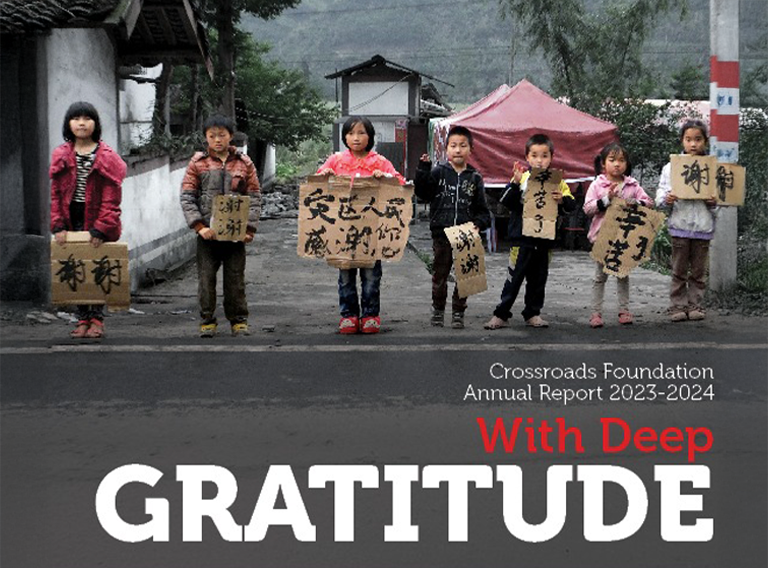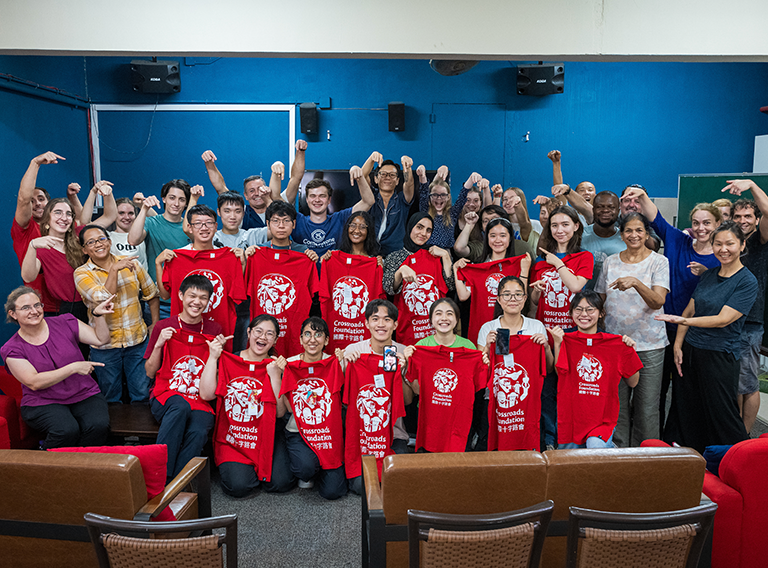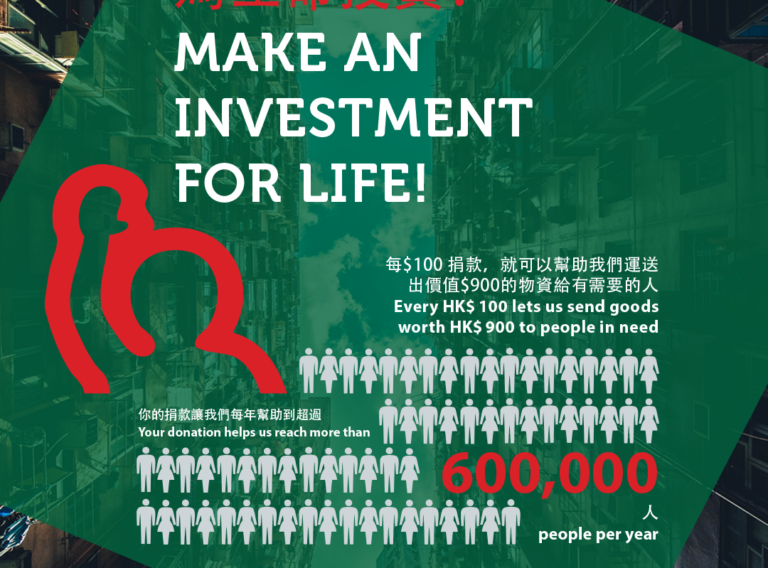Home
Crossroads Foundation is a Hong Kong based, non-profit organisation serving global need. We believe that, in a broken world that sees too much suffering, we should do all we can to link those who are in need with those who can provide help. So we provide an intersection, literally a crossroads, to bring both together. See our updates below, or click through our web pages for more information.













